Filter by

Glastonbury Abbey Archaeological investigations 1904–79
This is a comprehensive study of the archaeological archives and artefact collections of Glastonbury Abbey, together with a new geophysical survey of the site. It analyses thirty-six seasons of archaeological excavation directed by such iconic figures as Sir William St John Hope, Sir Charles Peers, Sir Alfred Clapham and Dr Courtenay Arthur Ralegh Radford, and reveals new insights into the abbe…
- Edition
- -
- ISBN/ISSN
- 9780854313006
- Collation
- -
- Series Title
- -
- Call Number
- -
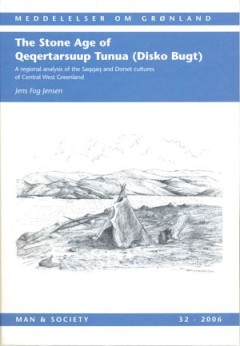
The Stone Age of Qeqertarsuup Tunua (Disko Bugt) (Vol. 336) a Regional Analy…
suup Tunua, however the archaeological evidence for such a development has yet to be found. When the cultural history of Qeqertarsuup Tunua is compared with that of Peary Land, the dwelling types and chronological units appear very similar. In the case of Dorset and Independence II, the similarities also extend to include the lithic inventory. As a consequence it is difficult to maintain a divi…
- Edition
- -
- ISBN/ISSN
- 9788763530682
- Collation
- -
- Series Title
- -
- Call Number
- -
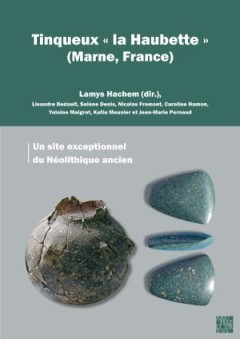
Tinqueux « la Haubette » (Marne, France) Un site exceptionnel du Néolithi…
Berdasarkan hasil observasi kegiatan pembelajaran matematika di kelas V SD Muhammadiyah 1 Jember diketahui bahwa pembelajaran masih didominasi oleh guru, sehingga siswa cenderung pasif. Selain itu, hasil belajar matematika yang diperoleh siswa masih belum optimal, ditunjukkan dari nilai ulangan harian matematika siswa masih banyak yang berada di bawah nilai KKM. Hal tersebut disebabka…
- Edition
- -
- ISBN/ISSN
- 9781789699777
- Collation
- -
- Series Title
- -
- Call Number
- -

Crafting the 613 Commandments Maimonides on the Enumeration, Classification,…
Rabbinic tradition has it that 613 commandments were given to Moses on Mount Sinai, but it does not specify those included in the enumeration. Maimonides methodically and artfully crafts a list of 613 commandments in a work that serves as a prolegemenon to the Mishneh Torah, his monumental code of law. This book explores the surprising way Maimonides put this tradition to use and his possible r…
- Edition
- -
- ISBN/ISSN
- 9781618111678
- Collation
- -
- Series Title
- -
- Call Number
- -
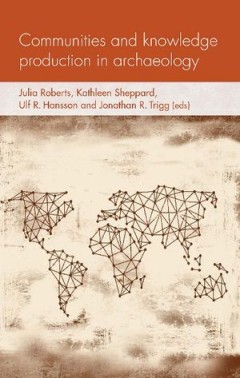
Communities and knowledge production in archaeology
The dynamic processes of knowledge production in archaeology and elsewhere in the humanities and social sciences are increasingly viewed as the collaborative effort of groups, clusters and communities of researchers rather than the isolated work of so-called ‘instrumental’ actors.
- Edition
- -
- ISBN/ISSN
- 9781526134554
- Collation
- -
- Series Title
- -
- Call Number
- 930.1 ROB c
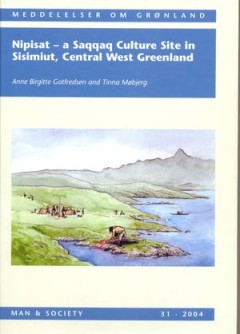
Nipisat - a Saqqaq culture site in Sisimiut, central West Greenland (Vol. 331)
d on immature individuals caught primarily during their first summer on the breeding grounds. The inhabitants at Nipisat also hunted caribou on the mainland. The age structure and sex distribution of the caribou remains primarily reflect stalking. Selected body parts, especially the fore and hind legs and the heads, were transported to the island for raw material, meat filleting and further pro…
- Edition
- -
- ISBN/ISSN
- 9788763526265
- Collation
- -
- Series Title
- -
- Call Number
- -

The Migration Period, Pre-Viking Age, and Viking Age in Estonia
This book analyses the society, economy, settlement, and culture of the territory of present-day Estonia in the period of ca AD 450–1050. This period is known in the Estonian archaeological chronology as the Migration Period, the Pre-Viking Age, and the Viking Age. This was an era of rapid change, by the end of which traditional Estonian peasant culture as it is known until the 19th century h…
- Edition
- -
- ISBN/ISSN
- 9789949199365
- Collation
- -
- Series Title
- -
- Call Number
- -
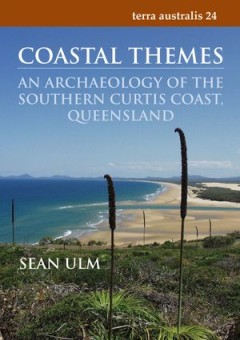
Coastal Themes; An Archaeology of the Southern Curtis Coast, Queensland
Archeology; Aboriginal australians; Antiquities; Queensland; Australia
- Edition
- -
- ISBN/ISSN
- 9781920942960
- Collation
- -
- Series Title
- -
- Call Number
- 930.1 ULM c
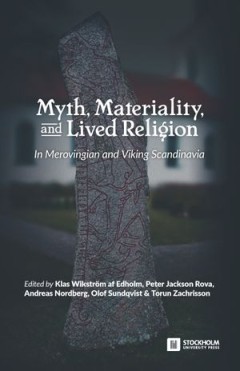
Myth, Materiality, and Lived Religion
"The authors of the present volume, Myth, Materiality, and Lived Religion, focus on the material dimension of Old Norse mythology and the role played by myths in everyday life. More broadly expressed, the collection looks at the social, ceremonial and material contexts of myths. This topic has been underexplored in previous research on Old Norse myths, despite its important theoretical implicat…
- Edition
- -
- ISBN/ISSN
- 9789176350966
- Collation
- -
- Series Title
- -
- Call Number
- -

Estonian Approaches to Culture Theory
The fourth volume in the Approaches to Culture Theory series is a contemporary Estonian anthology in culture theory. Most of the authors are members of the research groups of the Centre of Excellence in Cultural Theory: archaeology, cultural communication studies, contemporary cultural studies, ethnology, folkloristics, religious studies, landscape studies, and semiotics. These scholars have re…
- Edition
- -
- ISBN/ISSN
- 9789949326136
- Collation
- -
- Series Title
- -
- Call Number
- -
 Computer Science, Information & General Works
Computer Science, Information & General Works  Philosophy & Psychology
Philosophy & Psychology  Religion
Religion  Social Sciences
Social Sciences  Language
Language  Pure Science
Pure Science  Applied Sciences
Applied Sciences  Art & Recreation
Art & Recreation  Literature
Literature  History & Geography
History & Geography